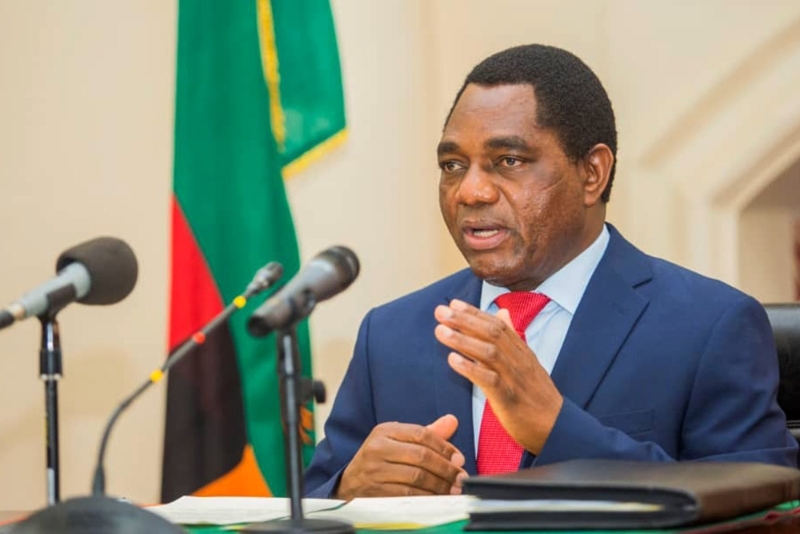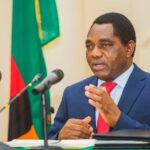By Amos Sikaonga
President Hakainde Hichilema says Zambia needs approximately US$11.9 billion to achieve its goal of adding 1,000 megawatts of solar energy to the national grid, with US$9.5 billion expected from private sector investment.
The Head of State urged investors to take advantage of Zambia’s favourable climate investment environment, highlighting the country’s commitment to sustainable development and clean energy.
In a speech delivered on his behalf by Minister of Green Economy and Environment Mike Mposha, at the official opening of the International Conference on Climate Resilience and Adaptation (CLARE), President Hichilema noted that Zambia’s efforts in climate action are being realized through key projects in renewable energy.
He said government has launched ambitious initiatives to diversify the energy mix to prevent future power shortages.
“Zambia has already attracted significant investment in clean energy, including solar, wind, and thermal power,” President Hichilema explained.
He noted that with the support of the World Bank, Zambia is implementing the National Energy Advancement and Transformation Program (NEAT) to improve the financial stability of the state utility ZESCO and attract private investment.
President Hichilema added that the Electricity Services Access Project (ESAP) and the Zambia-Tanzania Interconnector Project (ZTIP) also aim to expand access to affordable and sustainable electricity.
He expressed gratitude to Zambia’s development partners, especially the United Kingdom and Canada, for their steadfast support.
“Your commitment to climate resilience in Zambia reflects the kind of international cooperation we need to solve global challenges.” Together, we can mobilize resources, share expertise, and implement lasting solutions,” he said.
Meanwhile, President Hichilema outlined the Water Investment Programme, which promotes the use of renewable energy in public water and sanitation systems, particularly in rural areas.
The Head of State added that the country is on track to meet its Nationally Determined Contributions (NDCs), aiming to reduce greenhouse gas emissions by 25% by 2030, and potentially up to 47% with international support.
He said the country has also submitted a provisional draft of NDC 3.0, expanding its sector coverage from six to ten as it shifts toward an economy-wide approach.
“Our 2023 National Adaptation Plan offers a blueprint for building resilience in key sectors and integrating climate action into national development planning,” he stated.
The Head of State noted that the CLARE programme is expected to positively impact thousands of vulnerable individuals and called on participants to provide strong evidence on what works and what doesn’t in climate interventions.




